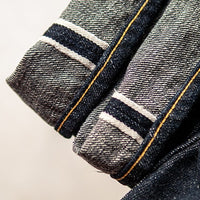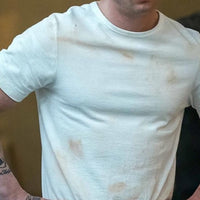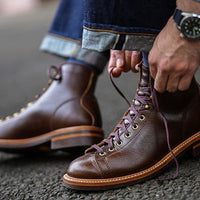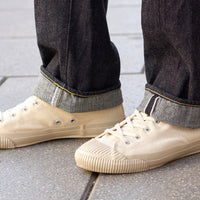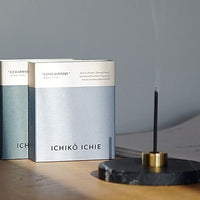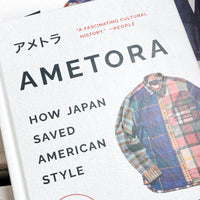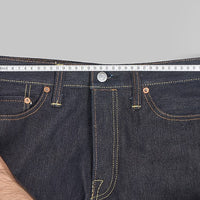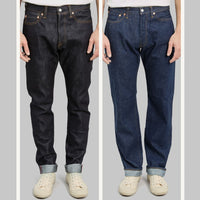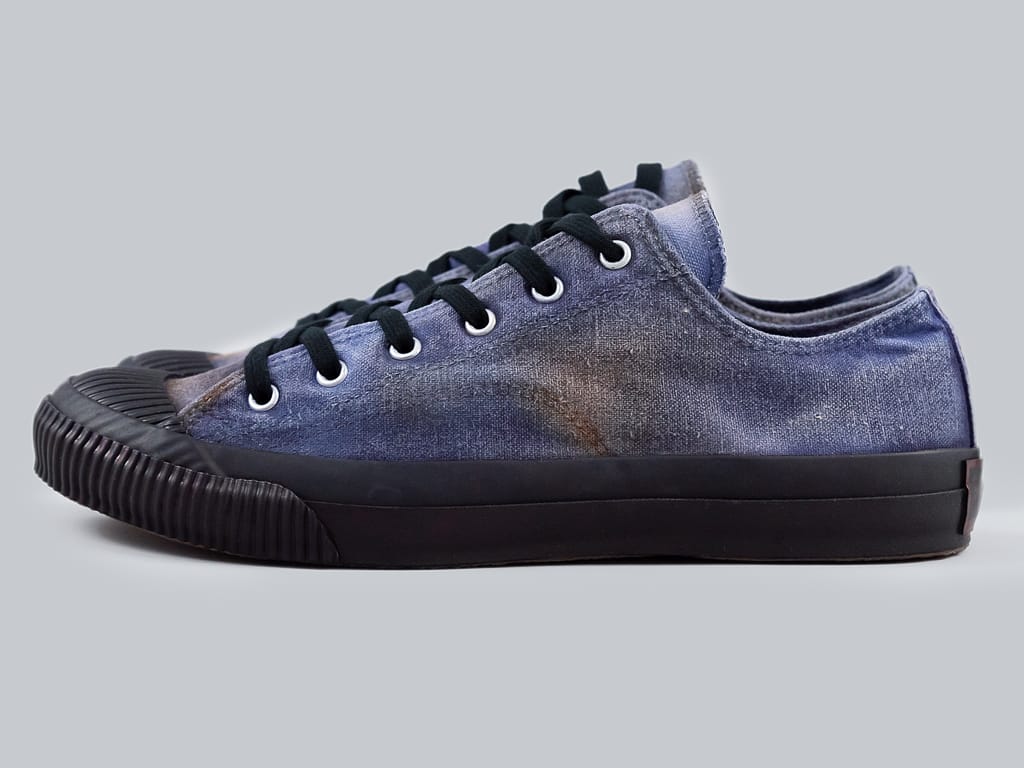
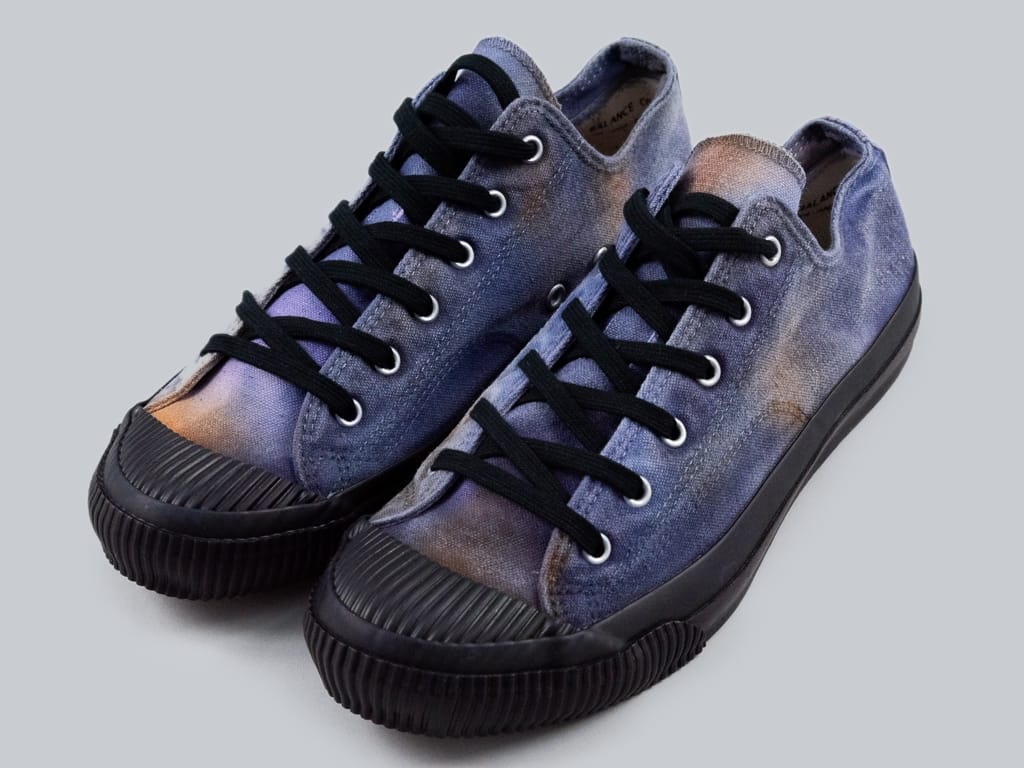


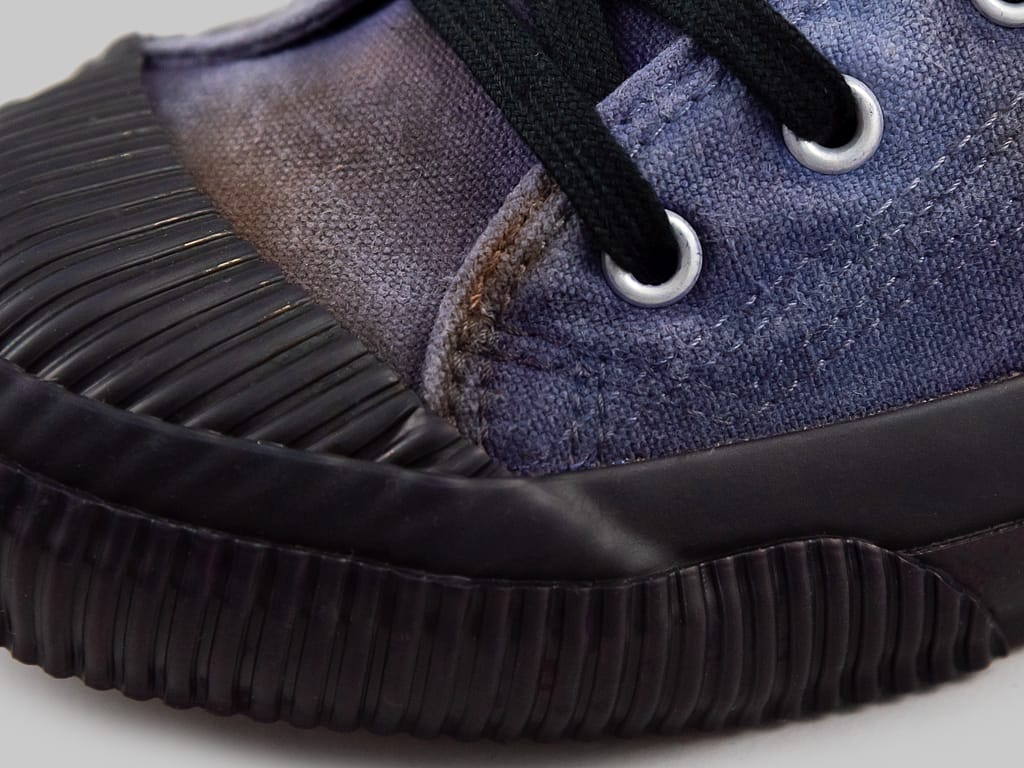
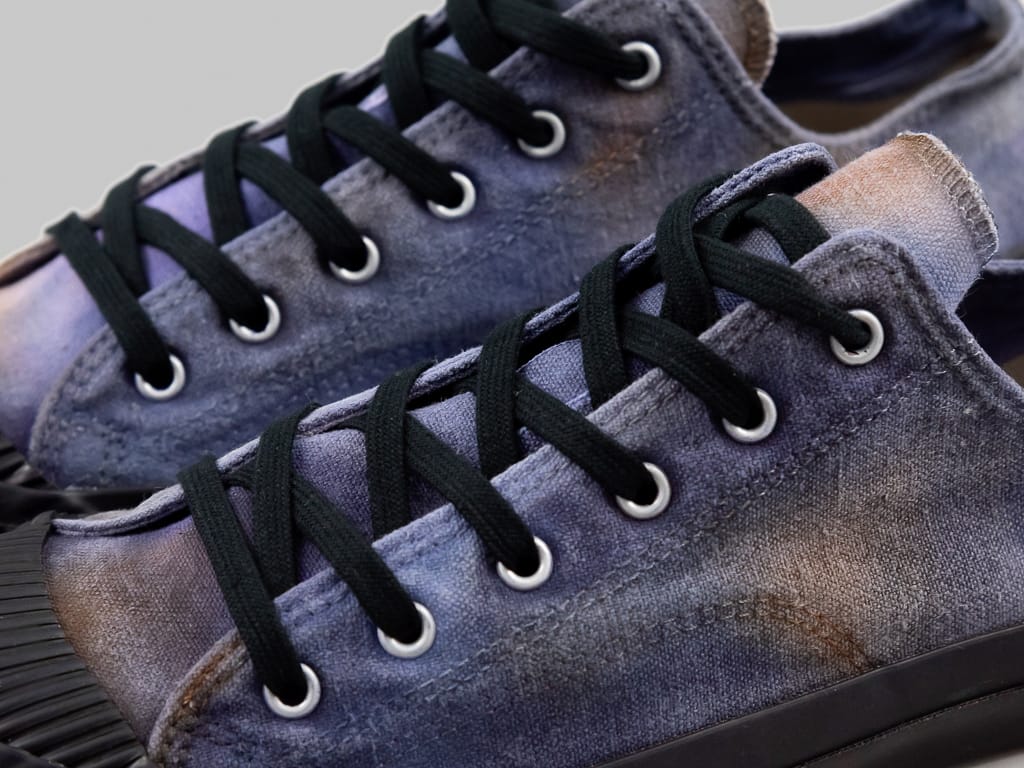







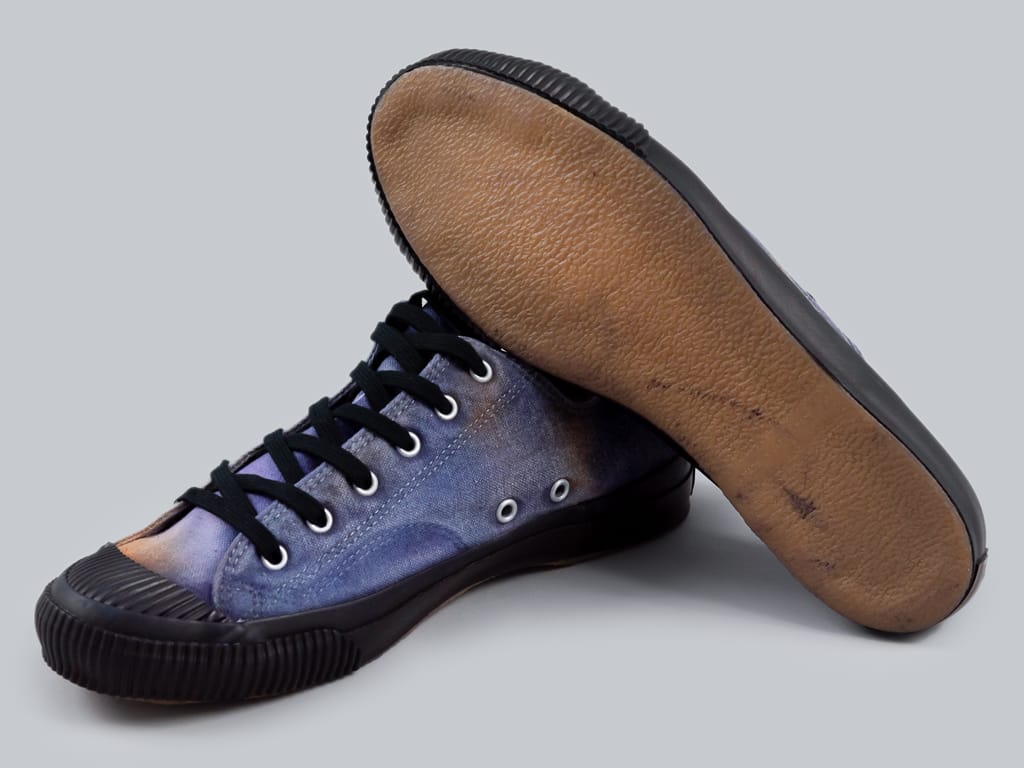
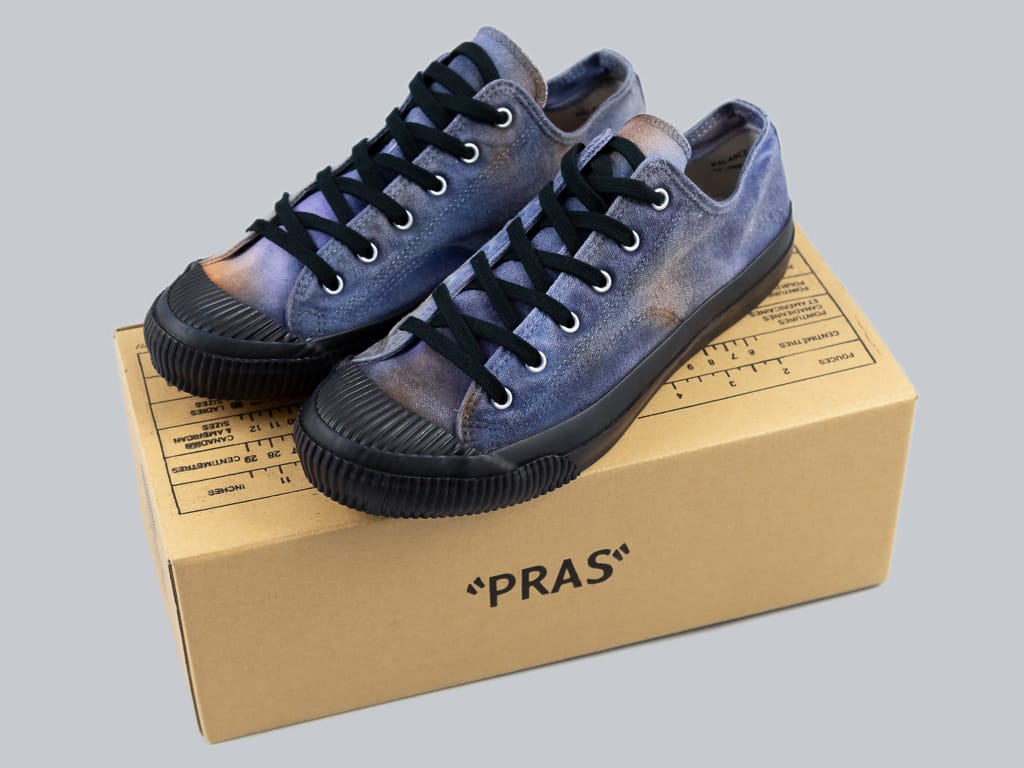


Pras Shellcap Low "Mura" Uneven Hand Dyed Sneakers Navy/Black
These limited edition Pras sneakers are hand-dyed using the traditional Japanese 'mura' method, resulting in unique, beautifully uneven patterns. With a focus on quality and comfort, they feature kiln-fired vulcanization and a bulbous shellcap toe box.
| JAPAN PRAS SIZE | Size 22 | Size 23 | Size 24 | Size 25 | Size 26 | Size 26.5 | Size 27 | Size 27.5 | Size 28 | Size 29 |
| EUR | 37 | 38 | 39 | 40 | 41 | 42 | 42.5 | 43 | 44 | 45 |
| UK | 3 | 4 | 5 | 6 | 7 | 8 | 8.5 | 9 | 10 | 11 |
| US | 4 | 5 | 6 | 7 | 8 | 9 | 9.5 | 10 | 11 | 12 |
[Limited Edition]
We're big fans of hand dyeing here at Redcast, and vulcanized sneakers are something of an obsession for us. We're always on the hunt for something a bit different. This limited edition from Pras is designed to transform your outfit into the perfect choice for a beach walk or a summer festival, thanks to its hand tie-dye craftsmanship.
Each pair has been hand-dyed using the 'mura' technique by skilled craftsmen in Kojima, Japan. 'Mura' (斑) is a Japanese word that means 'unevenness.' Mura-zome is an ancient Japanese dyeing method similar to contemporary Western tie-dye processes. The sneaker is soaked in water, and then skilled craftsmen hand-drip the dye solution onto the wet upper. Next, a water spray is applied to blend the dye, creating the desired uneven effect. This is followed by the color fixation process, washing, and drying, as well as the removal of dye solution from the sole. All of these steps are incredibly time-consuming and labor-intensive.
After multiple rounds of dyeing and drying, the result is a beautifully uneven dye pattern that embodies the Japanese cultural concept of Wabi-Sabi, appreciating the beauty in imperfection. Consequently, each pair is unique, and you can expect some variation in the pattern and color.
This model features an upper in shades of navy, black, and rust. These sneakers pair perfectly with plain casual clothing and can add a vibrant touch of color to your summer outfit.
The Shellcap Low Sneakers from PRAS (Paradise Rubber Athletic Shoes) offer everything you could desire in a Japanese-made low-top sneaker. They feature a bulbous shellcap toe box, non-slip soles inspired by 1950s athletic sneakers, and the kiln-fired vulcanization unique to Kurume, Japan. The 100% Hanpu cotton canvas upper is meticulously woven in Kojima using an old Toyoda GL9 shuttle loom.
The combined features of the strong sole and upper bond, the durable sole, and the long-lasting form result from the vulcanization method.
Vulcanization involves joining the rubber sole and shoe body and applying heat and pressure in a sulfur-added kiln. The sneakers are subjected to temperatures of over 100 degrees Celsius for approximately one hour, with pressure and heat applied in the kiln. The 'vulcanization method' is performed mostly by hand, requiring a significant amount of labor, time, and effort, which reduces production efficiency. As a result, the number of companies using this method has significantly decreased. Currently, it is believed that, including PRAS, only three companies in Japan are producing sneakers using the vulcanization method. These shoes are manufactured in the same way as those provided to navy sailors during times of war. The vulcanized sole provided them with additional traction on the slippery ship decks. These sneakers are of exceptionally high quality and offer unparalleled comfort.
The factory in Kurume, which has near 150 years of history, will continue to protect the 'vulcanization method' and continue to share its good quality with the world. Each pair of these sneakers is akin to artisan ceramics.
Visit our LOOKBOOK and discover a great selection of heritage street-style outfits
Details
Shipping
Spain
FREE SHIPPING on orders over 100 EUR .
6 EUR shipping cost on orders under the value mentioned above.
European Union & The UK
FREE SHIPPING on orders over 150 EUR \\.
14 EUR shipping cost on orders under the value mentioned above.
Rest of the World
FREE SHIPPING on orders over 250 EUR .
25 EUR shipping cost on orders under the value mentioned above.
Returns
If for some reason you are not happy with your purchase you can return it to us within 14 days for a free size exchange or refund.
For more info please visit our returns or size exchange pages.
Please note that items in the SALE category are considered FINAL SALE, with no returns or exchanges accepted.
Reviews

| JAPAN PRAS SIZE | Size 22 | Size 23 | Size 24 | Size 25 | Size 26 | Size 26.5 | Size 27 | Size 27.5 | Size 28 | Size 29 |
| EUR | 37 | 38 | 39 | 40 | 41 | 42 | 42.5 | 43 | 44 | 45 |
| UK | 3 | 4 | 5 | 6 | 7 | 8 | 8.5 | 9 | 10 | 11 |
| US | 4 | 5 | 6 | 7 | 8 | 9 | 9.5 | 10 | 11 | 12 |


